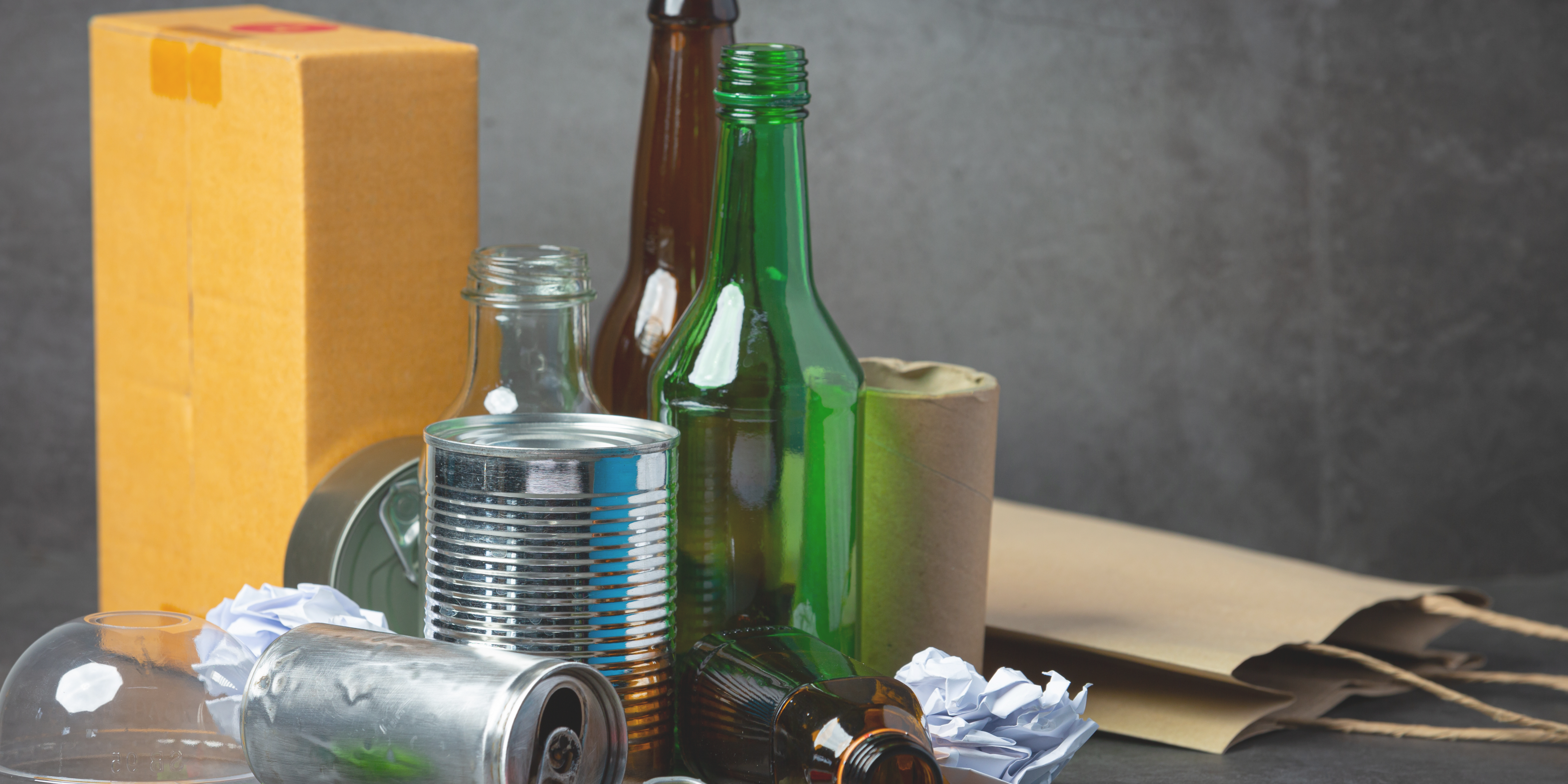Unpacking EU packaging rules: The good, the bad, and the single use
The EU Packaging and Packaging Waste Regulation (PPWR) provides a foundation for more sustainable packaging but leaves too much room for voluntary adoption. For a stronger commitment to reducing packaging waste, we need Member States to go beyond the minimum requirements of the regulation. It will be crucial to adopt ambitious secondary legislation and standards that will address sustainable waste management, helping the much-needed shift towards more sustainable packaging.

The new EU Packaging and Packaging Waste Regulation (PPWR) has an important goal to reduce the rising amount of packaging waste that overwhelms our planet. It sets a clear pathway for waste reduction, as Member States are expected to reduce packaging waste per capita – compared to the levels recorded in 2018.
Implementation timeline: Packaging and Packaging Waste Prevention
Packaging waste prevention targets for Member States
- 5% – 2030
- 10% – 2035
- 15% – 2040
Learn more about the implementation of PPWR, including an overview of targets and timelines, in our latest position paper.
Reusable targets are promising but with too many exceptions
The new rules require some packaging to be reusable, but this important target does not broadly apply. In some cases, the obligation to use reusable packaging is optional depending on the sector, the product, or the size of the business.
The transport sector, for example, can use single-use packaging when using cardboard boxes or when shipping dangerous goods. There are also numerous exemptions for bottled drinks. Packaging for certain products, such as wine and milk, is exempt from reuse targets (a real missed opportunity!) and small businesses are allowed to sell products in single-use packaging.

“Single-use paper packaging is still single use
– it is not a green or sustainable solution.”
Worse still, the PPWR provides various exemptions and concessions to the false solution of single-use paper alternatives. There are no binding reuse targets for takeaway food and drink packaging, and the ban on single-use packaging does not apply to paper in the HORECA sector (hotel, restaurant, and café/catering). Single-use packaging, be it paper or another material, is still single use – it is not a green or sustainable solution.
Paper or plastic? Single-use is still single-use
The regulation will phase out certain single-use plastic packaging formats by 2030, including food and beverages, fresh fruits and vegetables, and hygiene and toiletry products.
But in place of single-use plastic, the regulation promotes single-use paper as a sustainable alternative. Paper might seem like a greener option, but substituting one single-use material for another still contributes to unnecessary (and avoidable) waste.
Single-use products, including paper packaging, cannot be reused or recycled into new products once they have been used. They do not only contribute to environmental degradation, but their production also wastes valuable resources like energy and water.
To support a circular economy, reusable packaging options should be prioritised over any kind of single-use packaging – regardless of the material.
Packaging rules accelerate the ban on PFAS
There is some positive news, too; the regulation supports the restriction of harmful PFAS chemicals in food packaging. By July 2026, there will be a de facto ban on intentionally adding these harmful substances to packaging materials. The PPWR therefore pushes the EU to achieve PFAS-free food packaging ahead of international targets.
Action on PFAS is promising, but they are not the only toxic substances that can be found in packaging materials. We need to scale up ambition to remove all harmful substances from our food packaging, including BPA (a chemical substance used to manufacture certain plastics). To truly drive the EU towards its goal of a non-toxic environment, the ban on toxic substances should also be expanded to all packaging, not just food contact materials.
Flexibility: a benefit or a pitfall?
The regulation allows Member States to go beyond the minimum requirements and set more ambitious goals. Member States can raise their reuse targets and expand deposit and return schemes to include more types of packaging.
The regulation, however, also includes exemptions for small businesses and some reuse obligations. These exemptions are supposedly designed for more flexibility, but they weaken the regulation’s overall targets and ability to achieve a meaningful reduction in packaging waste. To reach environmental goals we need more harmonised obligations, not voluntary implementation.
EU packaging rules are on the right track but need more ambition
The Packaging and Packaging Waste Regulation (PPWR) is a significant development in EU’s efforts to address packaging waste and promote sustainable waste management. It is a step in the right direction, but it doesn’t go far enough. Learn more about the PPWR targets and next steps for implementing the regulation.

 By
By  By
By 
